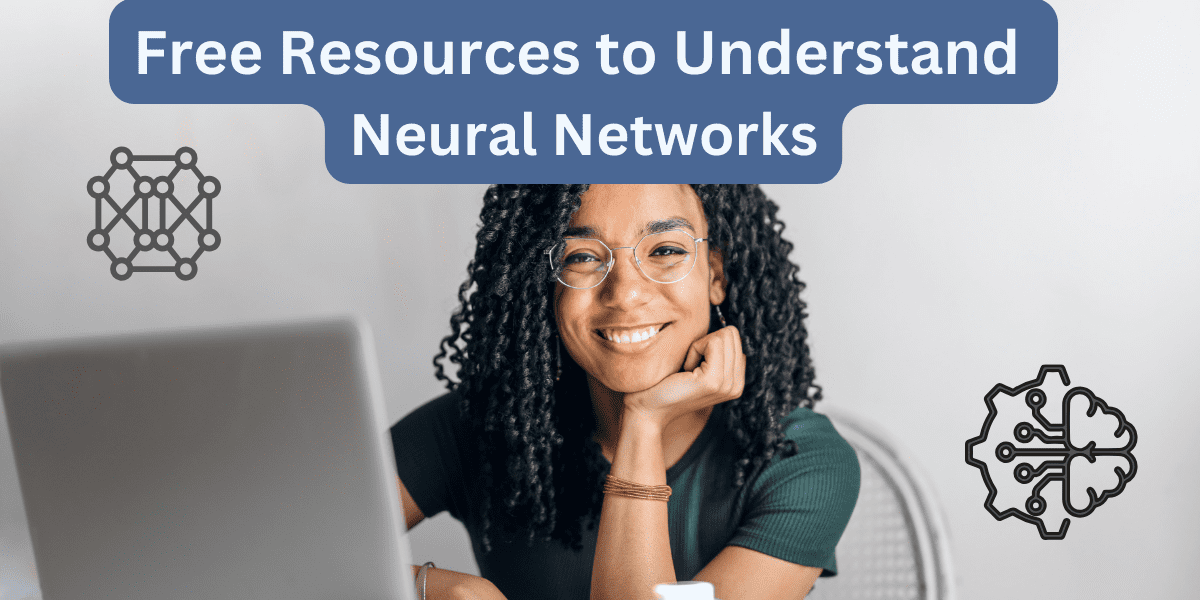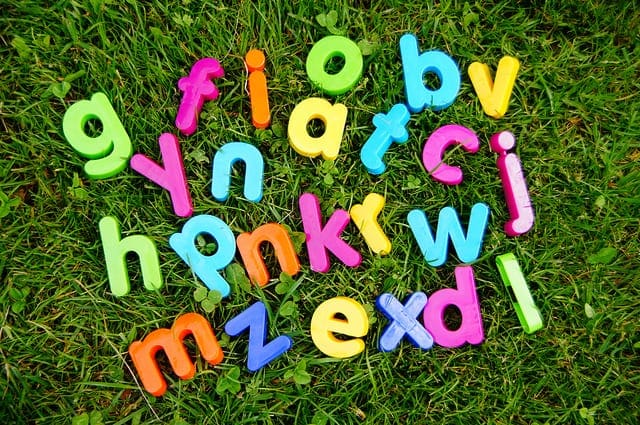
Image by Author
Deep learning models achieve state-of-the-art performance in several computer vision and natural language processing tasks. If you want to become proficient in deep learning, you should first understand how neural networks work and then proceed to explore the different types and neural network architectures for specific tasks.
To help you get started, we’ve compiled a list of free resources—a mix of books, interactive tutorials, and video lectures—that’ll help you learn all about neural networks. The resources are chosen so as to cover both the theoretical and mathematical foundations as well as building your own neural networks with deep learning frameworks.
So whether you’re a beginner looking to learn the basics or an experienced professional aiming to get the hang of neural networks, you’ll find these resources helpful. Let’s go over them.
1. Neural Networks and Deep Learning – Michael Nielsen
Neural Networks and Deep Learning is a free online book by Michael Nielsen that’ll help you get the hang of neural networks work. It’s a beginner-friendly book to learn neural network fundamentals—along with the required math—by working through the simple problem of handwritten digit recognition.
The book is organized into six chapters covering the following important topics:
- Using neural networks to recognize handwritten digits
- How backpropagation works
- Improving the way neural networks learn
- The universal approximation theorem
- Convolutional neural networks
This book also has interesting exercises interspersed between sections that test your understanding. For a more complete learning experience, try solving the exercises as you work through the sections.
2. Neural Networks – 3Blue1Brown
The Neural Networks and Deep Learning book by Michael Nielsen should help you understand the basics of neural networks work. But having helpful visuals that reinforce your understanding and build intuition can be extremely helpful. And the Neural Networks playlist by Grant Sanderson of 3Blue1Brown channel gives you just that.
This playlist is a collection of video tutorials that provide a visual understanding of neural networks with focus on the following:
- What is a neural network?
- How neural networks learn, gradient descent optimization
- What backpropagation does?
- The calculus behind backpropagation
You can use this playlist as a companion alongside Michael Nielsen’s textbook to build a strong understanding.
3. Neural Networks From Scratch in Python – Sentdex
Once you’re familiar with what neural networks are and how they work, it can be super helpful to build your own neural network—from scratch—using Python and NumPy. For this, you can follow along with the Neural Networks from Scratch in Python playlist by Sentdex on YouTube.
As the name suggests, this is a series of video lectures that walk you through how to build a neural network: starting with a single neuron, extending it to a layer of neurons, and putting together layers to create a neural network. Along the way, it also covers the necessary math topics like dot products and derivatives.
As you build out your neural network from scratch, you’ll understand the following:
- Batches, layers, and objects
- Hidden layer activation function
- Softmax activation
- Categorical cross-entropy
- Loss functions and optimization
With this, you should be able to proceed to building neural networks using deep learning frameworks like PyTorch and TensorFlow.
4. Deep Learning with PyTorch: A 60-Minute Blitz
After you’ve learned the basics of neural networks and have given building out the neural network from scratch a go, you can learn to build and train neural networks with deep learning frameworks such as PyTorch and TensorFlow.
PyTorch is a Pythonic framework. So if you have previous experience programming with Python, you should find it relatively simple to get started with PyTorch. Deep Learning with PyTorch: A 60 Minute Blitz is a quick tutorial from the PyTorch team that covers what you need to know to start building neural networks with PyTorch.
In this beginner-friendly PyTorch tutorial, you’ll learn:
- Tensors and tensor operation
- Introduction to torch.autograd, the automatic differentiation engine that facilities neural network training
- Basics of neural network training with PyTorch
- Training a classifier on image data
Once you’re comfortable with these basics, you can explore more advanced features of PyTorch depending on the application you are working on.
5. PyTorch for Deep Learning and Machine Learning – freeCodeCamp
The free resources we’ve reviewed thus far should help you understand how neural networks work from the ground up, covering all the necessary math, intuition, and theory. The 60-minute tutorial on PyTorch will get you up and running with building neural networks with PyTorch. It’s time to go further and level up your PyTorch skills.
The PyTorch for Deep Learning & Machine Learning course is a comprehensive PyTorch course created by Daniel Bourke and is accessible for free on freeCodeCamps’ YouTube channel. The course is organized into multiple sections covering the following topics:
- PyTorch fundamentals: This section covers neural networks basics, tensors and operations.
- PyTorch workflow: This covers building neural networks with PyTorch, writing training and testing loops, and saving and loading models.
- Neural networks for classification: This section on classification covers neural network architecture for classification focusing on loss functions, optimizers, and model evaluation functions for multi-class classification problems.
- Computer vision: This focuses on neural network architecture for solving computer vision problems, building convolutional neural networks and data loaders for batched data, and more.
- Custom datasets: This section focuses on working with custom datasets in PyTorch: downloading datasets, creating data loaders, data augmentation, and related topics.
You can also use Learn PyTorch for Deep Learning as a supplement to this video course.
Wrapping Up
I hope you found this list of free resources to understand neural networks helpful. We’ve covered diverse resources to help you learn the theoretical foundations as well as implementing neural networks with PyTorch.
Once you’re comfortable with the fundamentals, switching to a framework like TensorFlow or learning more to keep up with the advances in deep learning research should be relatively easier. So happy deep learning!







No comments yet.